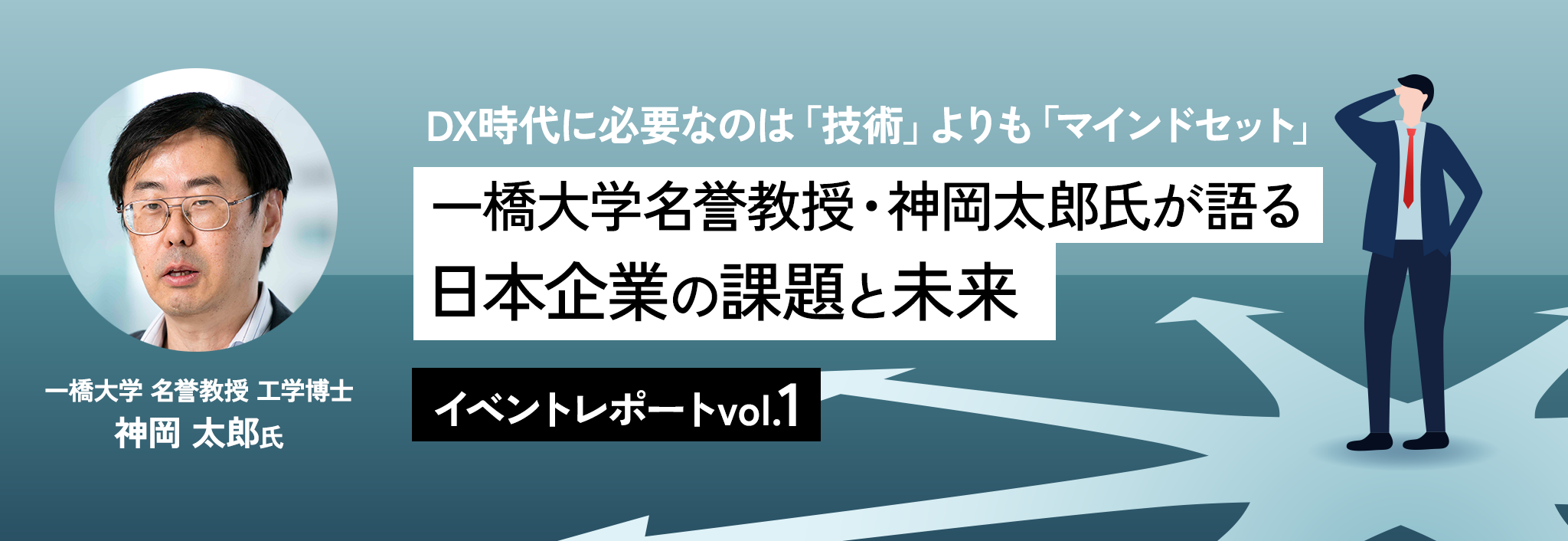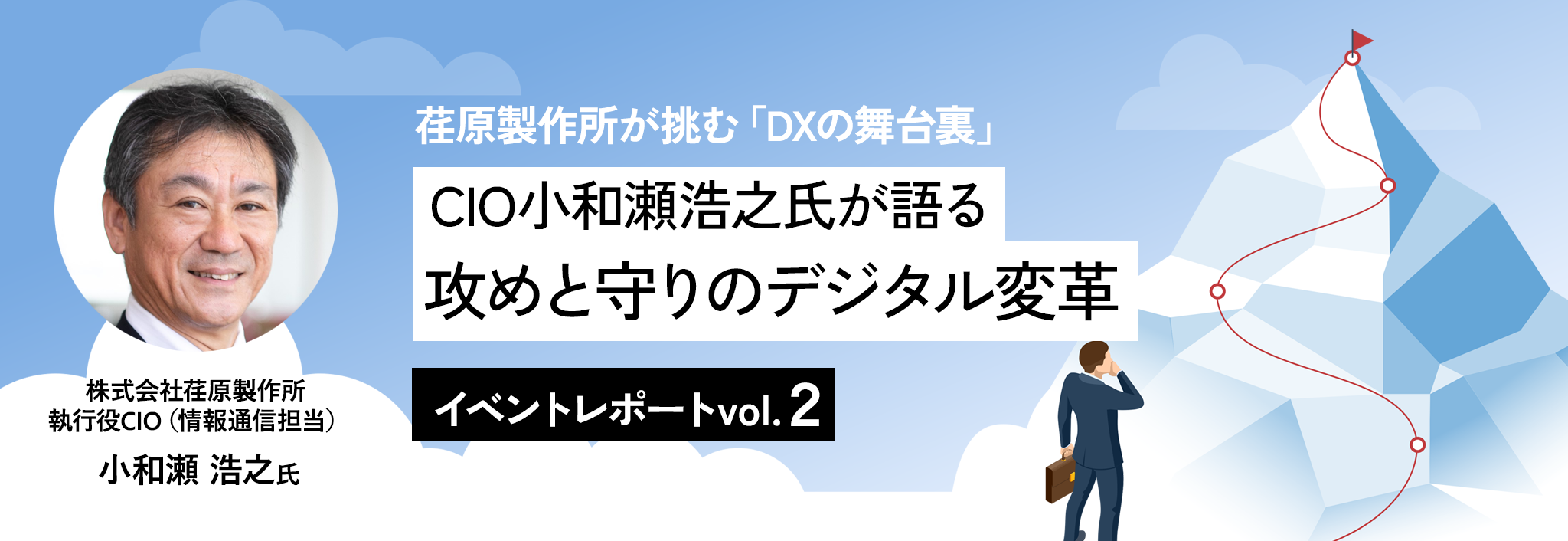
As DX (digital transformation) becomes a global trend, what is the optimal solution for Japanese companies?
"Japanese-style DX" is attracting attention as it goes beyond simply introducing systems and increasing efficiency, and instead promotes change by leveraging the strengths of the workplace.
At the "Executive Knowledge Sharing Forum - Surviving the accelerating changes of the world - Japanese-style DX combining artisanal knowledge and digital technology" held by Macnica on Wednesday, July 30, 2025, three speakers spoke about DX from their own perspectives and shared multifaceted perspectives on the Japanese style of DX.
This article will present the contents of each lecture in three columns.
[Speaker information]

Board Director CRO /Evangelist, Kakushin Co., Ltd.
Mr. Shinya Amano
Introduction
The final presentation of the event was given by Shinya Amano, Board Director CRO, and Evangelist at Kakushin Co., Ltd., who spoke on the theme of "Manufacturing and Sales Collaboration DX Starting with Customer Value." While discussing the importance of seamlessly linking everything from sales to product planning and development, and even marketing, Amano shared cutting-edge examples of generative AI use and insights based on his experience at Keyence. Beyond simple efficiency improvements and digital adoption, Amano presented a methodology for enhancing a company's competitiveness through "value creation driven by customer benefits."
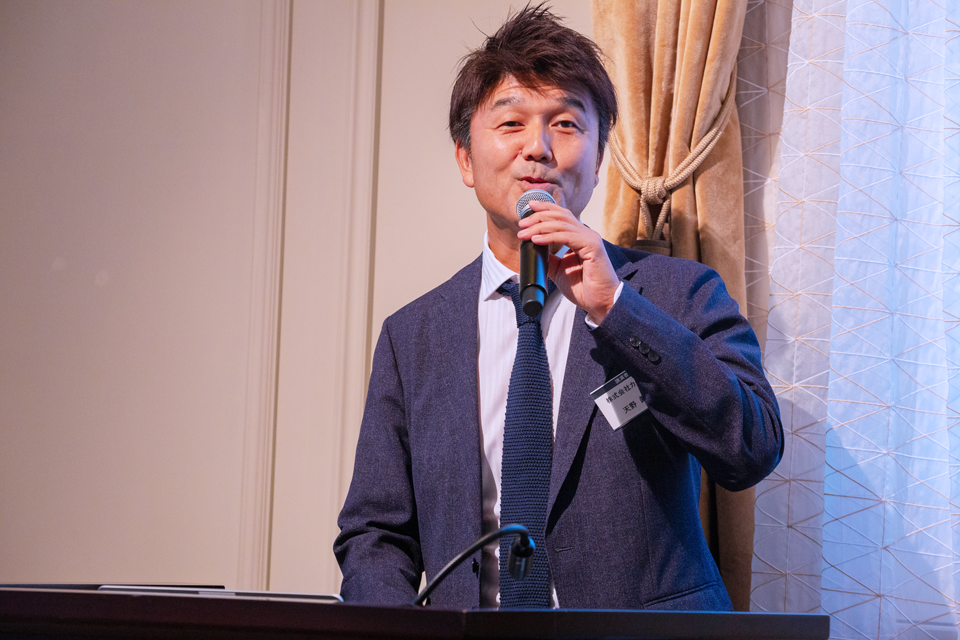
Generative AI opens up new forms of sales training
The lecture introduced sales training using AI avatars, where AI plays the role of a salesperson and a customer, enabling a simulation that is close to an actual sales negotiation.
Traditionally, role-playing to improve sales skills has typically been conducted by a superior or senior colleague. However, using an AI avatar allows for repeated practice without the constraints of time or manpower. What's more, the AI doesn't miss a thing, analyzes everything said, and can quantify things like "ability to appeal to value," "ability to utilize specialized knowledge," and "ability to build trust."
Furthermore, the scope of application is not limited to sales. It is expected that recruitment activities will be able to interview all applicants, and purchasing departments will be able to comprehensively evaluate supplier proposals. The emergence of generative AI has the potential to revolutionize not only sales training but also the overall way companies utilize their human resources.
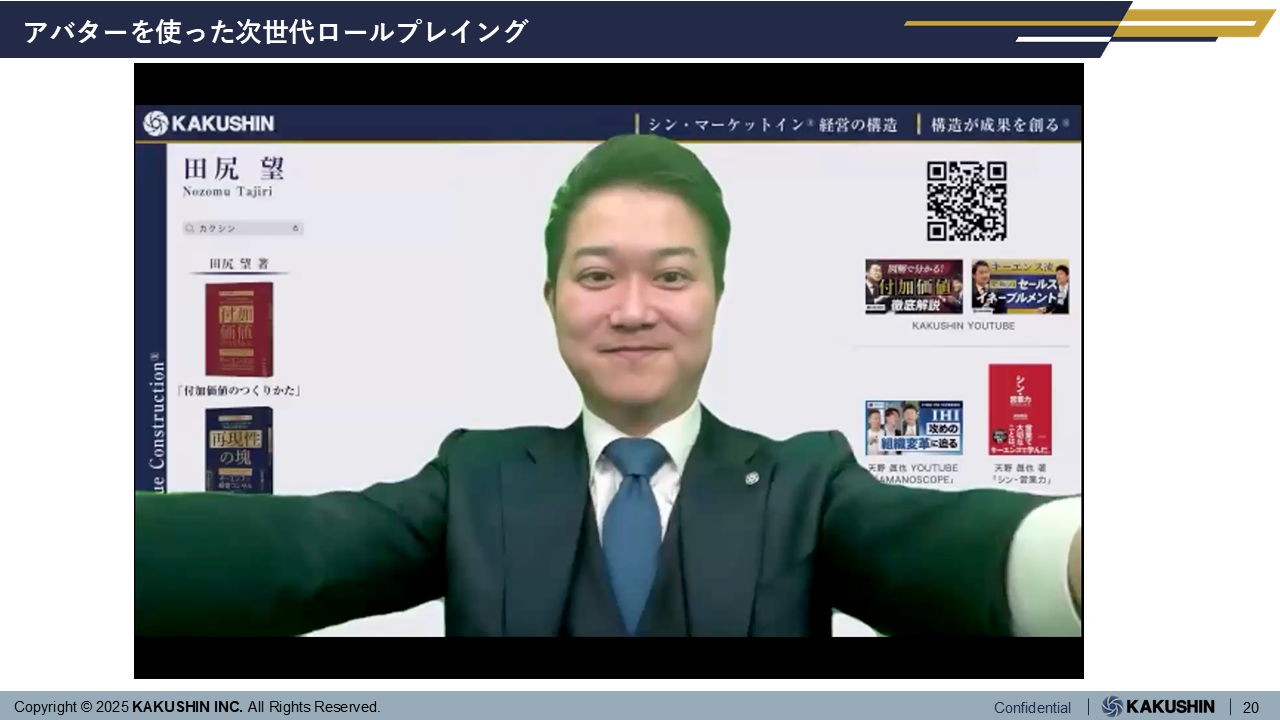
The essence of sales is empathy for customer interests
Amano says, "There is only one formula for sales activities: 'Will the customer really make a profit from this?'"
Traditional sales have tended to focus on explaining specifications and functions, but it has become difficult to differentiate products that way. Understanding the true needs of customers and making proposals that meet those needs will lead to sustainable profits.
The key here is the "8-Step Customer Purchasing Value Template" method. The first four steps were introduced in the presentation.
Dispelling distrust: Customers are wary of salespeople and consultants, so first demonstrate that you are trustworthy.
Initiating trust: For example, by using AI-generated customer reports, you can deepen your understanding of your customers and demonstrate a prepared attitude.
Build trust: Prepare questions to put your customers at ease and build rapport through the conversation.
Listen to needs: Rather than simply asking for superficial requests, dig deep to find out the true issues and the "needs behind the needs" that lie behind the needs.
If you can reach these "hidden needs," your customers will trust you more, thinking, "You're the only one who understands me that well," and this will increase your opportunities for upselling and cross-selling.
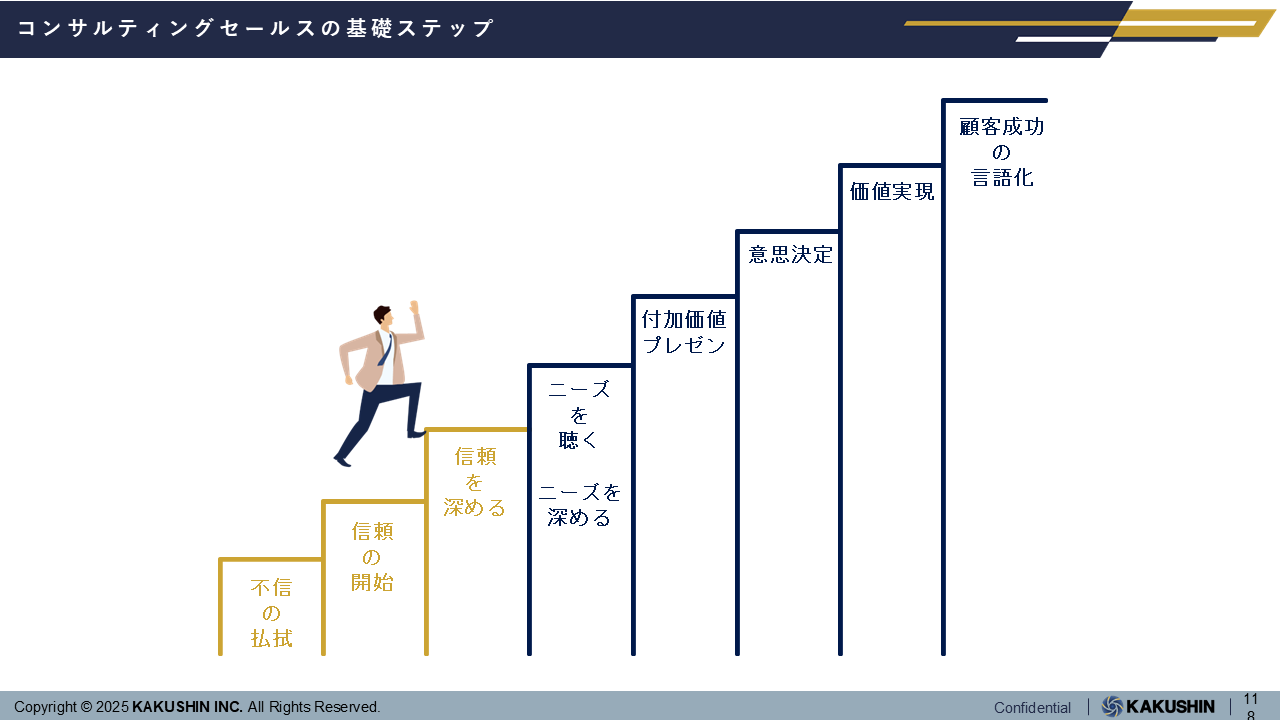
The "Six Essences" Behind Needs
Amano also points out that the true needs of corporate customers can ultimately be summed up in the following six points.
- Increased productivity
- Financial Improvement
- Improving CSR (corporate social responsibility)
- Cost reduction
- Risk avoidance and mitigation
- Increased added value
These are "never-ending needs" and are a constant challenge for any company. Salespeople must be able to go beyond superficial requests and address these six fundamental desires.
Expanding to product planning - "Advantages" over features, "value" over advantages
Customer feedback obtained through sales activities is directly linked to product planning. Mr. Amano pointed out that "successful salespeople talk about the 'benefits' rather than the 'features'."
Features: Product specifications and functions
Advantages: Benefits for customers
Value: The customer's future benefits
By being aware of this flow of "features → benefits → value," you can avoid getting caught up in price competition and set prices based on customer value. This makes the value to customers clearer.
Customer Value-Based Pricing
Amano is adamant that "prices can definitely be raised," but only if pricing is based on customer value rather than on cost accumulation.
For example, when selling training services, simply stating that the cost is 20 million yen will seem high. However, if you explain that this training will reduce overtime costs by 400 million yen per year, 20 million yen will seem cheaper. In this way, by setting prices based on the customer's future profits, you can accept price increases.
Manufacturing and Sales Collaboration DX - The Challenge of Recovering the "Lost 30 Years"
Ultimately, Amano emphasized the importance of "manufacturing-sales collaborative DX," which seamlessly connects sales, manufacturing, and product planning.
Sales gathers true customer needs and provides them to product planning and development, which then creates products that meet those needs. Sales then delivers the products to the market and verifies the results. Only when this cycle is established can DX lead to stronger corporate competitiveness.
"By collaborating with those who create added value and those who manufacture products, and achieving DX in a seamless manner, Japan can recover from its 'lost 30 years,'" Amano said emphatically.

in conclusion
What emerged from this presentation was the perspective that DX is not simply the introduction of a system, but rather "business transformation based on customer benefits."
- Generative AI has the potential to revolutionize sales training and recruitment.
- The sales formula is, "Will the customer really benefit from this?"
- By getting to the bottom of true needs (the needs behind the needs), we can create sustainable added value.
- Product planning should be based on "benefits" and "value" rather than "features."
- Customer value-based pricing increases competitiveness.
- DX through collaboration between manufacturing and sales is the key to the renewed growth of Japanese companies.
This type of "customer value-driven" DX is highly suggestive not only for manufacturing but for many other industries.
From a change in mindset to taking on challenges on the ground, and evolving with customer value as the starting point.
This event reaffirmed that the main players in transformation are not technology, but always"people"and"the workplace."
I hope that what you have learned today will help you move forward with your digital transformation.
